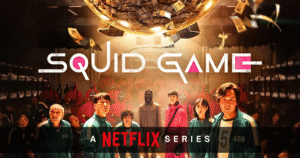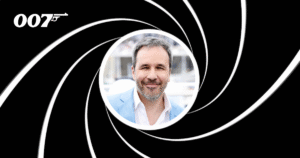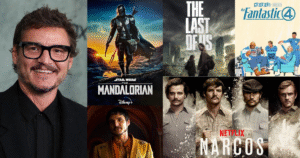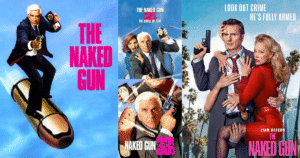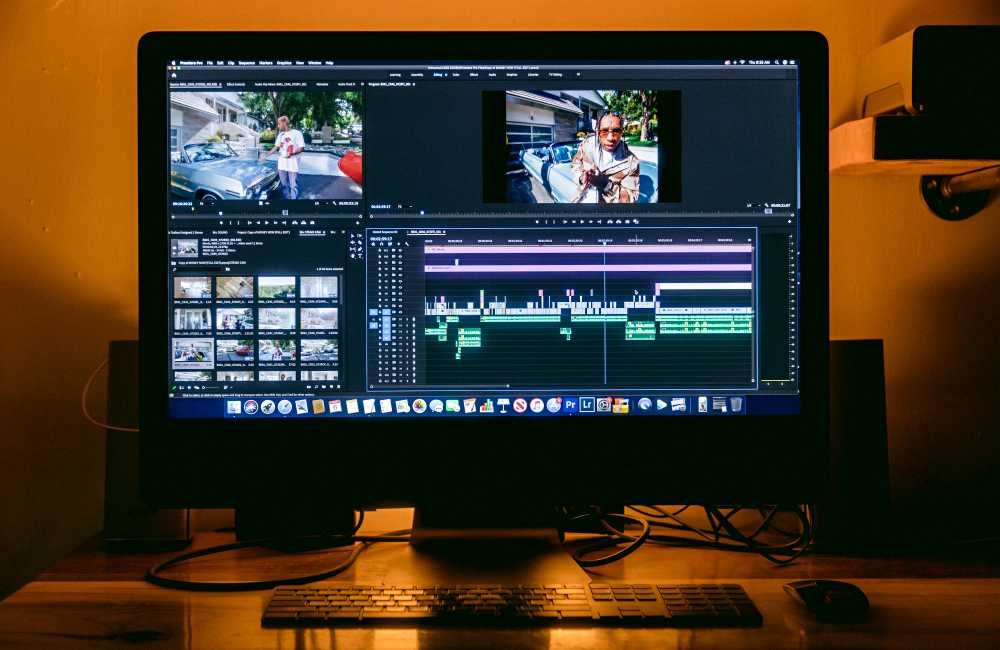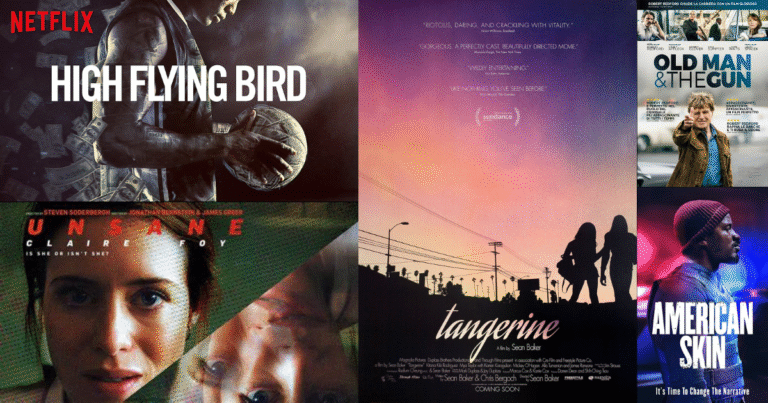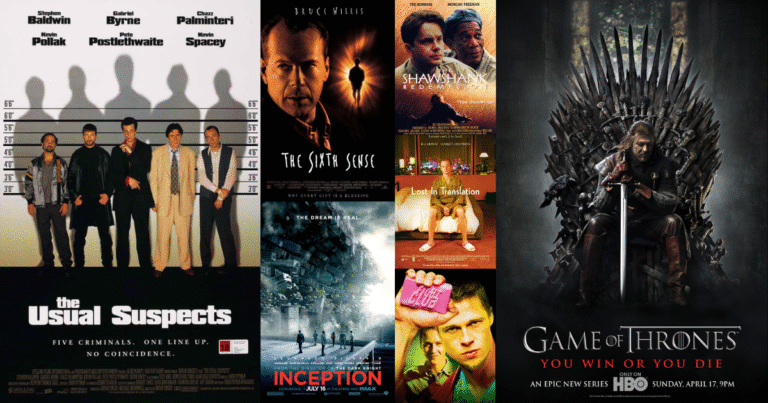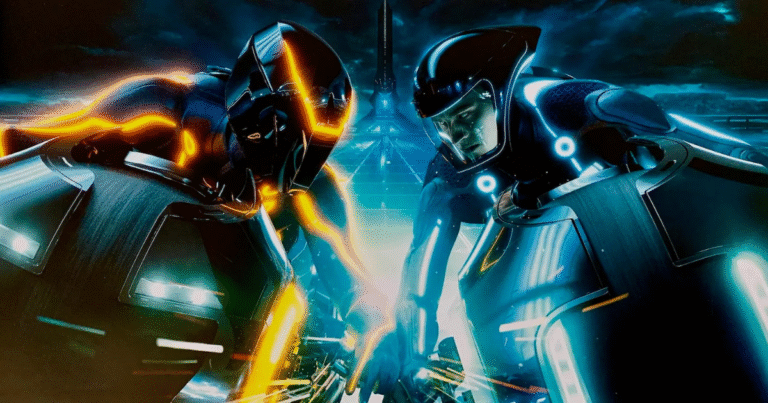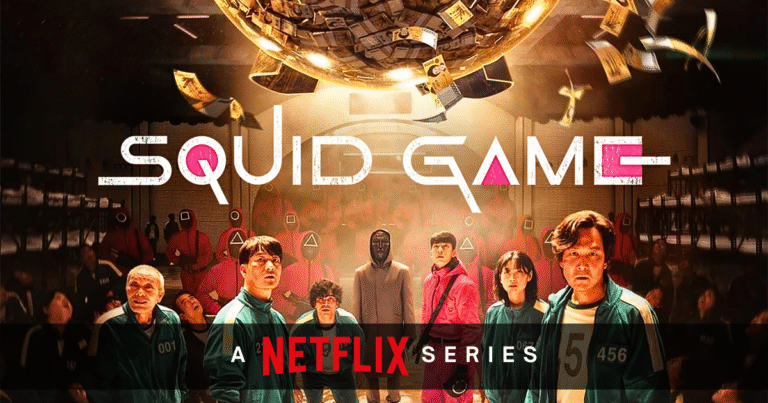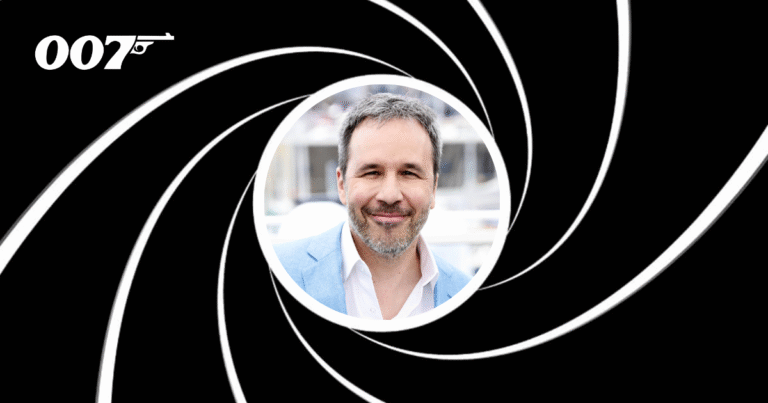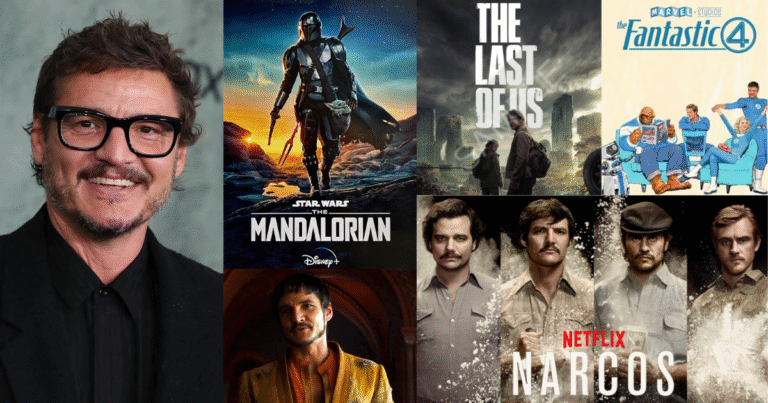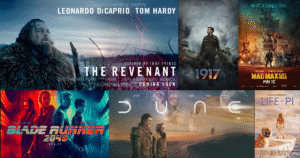When we watch a movie, we often admire the actors, the director, or the music. But there’s someone working quietly behind the scenes who plays a big part in how we feel about a film, the editor. A film editor may not be in the spotlight, but their work shapes the entire story. In many ways, editors are the final storytellers in the filmmaking process.
In this article, we’ll explore how film editors influence the story, set the mood, and create the rhythm of a movie. We’ll also look at famous examples where editing made a huge difference and explain why editing is such an important part of filmmaking.
What Does a Film Editor Do?
A film editor takes raw footage, the unedited video clips shot during production, and turns them into a finished movie. This involves choosing the best shots, cutting them in the right order, trimming unnecessary parts, and making sure the story flows well. Editors also work closely with the director to understand the emotional tone and overall vision for the film.
In simple words, if a director is the brain of a film, the editor is the heartbeat. The editor brings everything to life.
How Editors Shape the Story
1. Choosing the Best Takes
During filming, each scene is shot multiple times. Actors might try different emotions or line deliveries. It’s the editor’s job to pick the take that feels most honest, powerful, or funny, whatever fits the story. This one decision can completely change how a scene feels.
For example, a quiet pause after a dramatic line can speak louder than words. That pause is the editor’s choice.
2. Setting the Pace
The speed at which scenes are cut together affects how the audience feels. Fast cuts can create excitement or tension, while slower editing helps us connect with characters or feel a sense of calm.
Take action movies like Mad Max: Fury Road. The fast, rhythmic editing keeps us on the edge of our seat. In contrast, films like The Godfather use slower pacing to build emotion and depth.
3. Controlling Emotion
Editing is one of the most powerful tools for shaping emotion. A close-up on a teary face, a sudden silence, or a quick flashback, these choices can change how the audience feels about a moment or a character.
A simple scene of two people saying goodbye can be edited in many ways: with flashbacks, music, and camera angles that either break your heart or leave you hopeful. That’s the editor’s magic.
4. Creating Continuity
Imagine watching a film where one second a character is wearing a jacket, and in the next scene it’s gone. Or a door opens from the left but later swings from the right. These mistakes break the flow of a story. Editors fix these small issues to keep the film smooth and believable.
They also remove bloopers, awkward pauses, or unnecessary shots that slow down the story.
5. Helping the Director’s Vision
Film editors don’t work alone. They’re in constant touch with the director. Sometimes what worked on paper or during filming may not feel right in the final cut. The editor helps the director make tough choices, even if that means cutting out entire scenes.
In Star Wars: A New Hope, the original cut was slow and confusing. But with skilled editing, the pacing improved, and the film became a blockbuster. George Lucas credited his editors with saving the movie.
Famous Moments Made Better by Editing
Psycho (1960) – The Shower Scene
Alfred Hitchcock’s iconic shower scene is remembered not for its violence, but for how it was edited. The scene uses over 70 cuts in just 45 seconds. The fast cuts, close-ups, and screeching music create fear without showing too much. It’s a perfect example of how editing can turn a simple scene into a masterpiece.
Bohemian Rhapsody (2018) – Live Aid Performance
The final 15 minutes of the film recreate Queen’s Live Aid concert almost shot-for-shot. The editor worked with music, crowd reactions, and camera movements to make it feel like we were right there with the band. Many fans said this scene alone made the movie unforgettable.
Whiplash (2014) – The Final Drum Solo
This movie’s energy is driven by sharp editing. In the final scene, the editor cuts between the drummer’s intense performance, close-ups of sweat and sticks, and the reactions of the music teacher. The rhythm of the editing matches the rhythm of the drums, pulling viewers into the moment.
Why Good Editing Matters
Good editing often goes unnoticed because it feels so natural. It helps the story flow, brings out the best in actors, and keeps the audience connected. Bad editing, on the other hand, is easy to spot. It can make scenes feel awkward, confusing, or boring.
In today’s world, where attention spans are shorter and competition is high, editing has become more important than ever. From feature films to social media content, good editing can decide whether people keep watching or move on.
The Human Touch
Editing is not just about cutting clips, it’s about understanding people. A good editor feels the rhythm of a scene, senses when to hold a shot and when to cut, and understands what emotions will connect with viewers.
Many editors say that their job is a mix of technical skill and emotional intelligence. They listen, observe, and often work alone for hours, carefully shaping each second of the film.
Final Thoughts
Film editing is an art that deserves more appreciation. Editors are silent storytellers who shape the final version of a movie. Their choices can turn a good film into a great one. From the timing of a joke to the rhythm of a chase, editors control the emotional ride.
Next time you watch a movie, take a moment to notice the flow. Think about how each cut made you feel something. That’s the invisible power of a film editor, and it’s what makes cinema truly magical.
